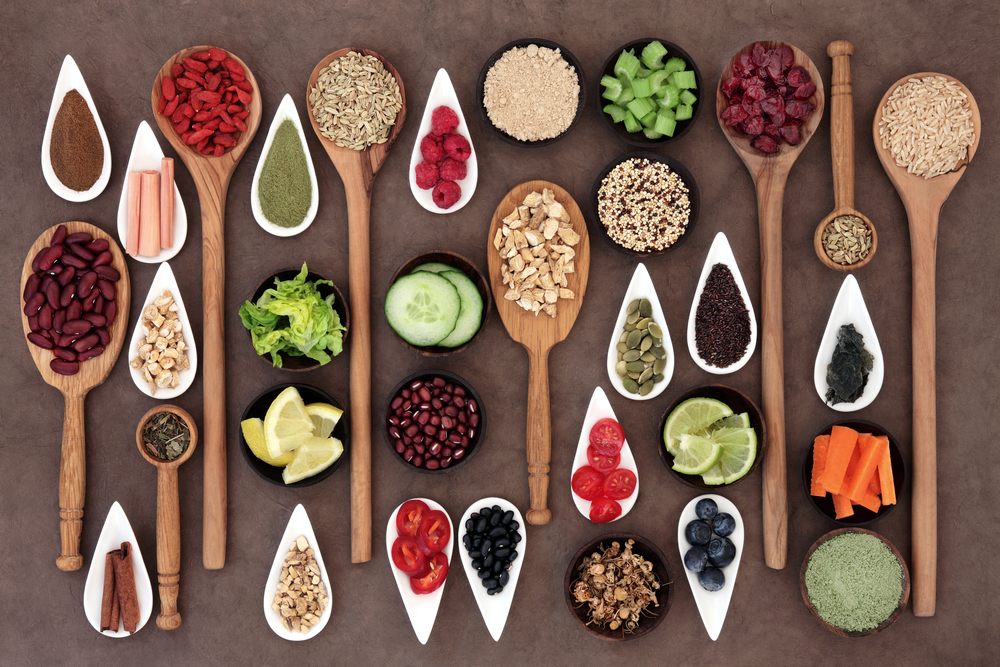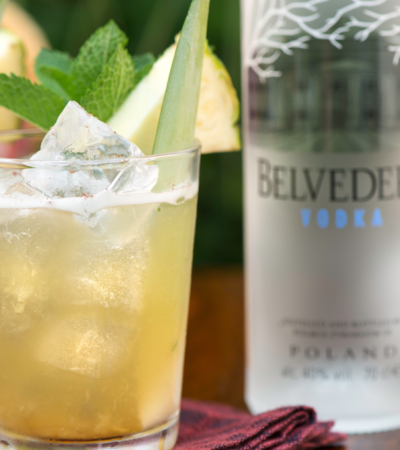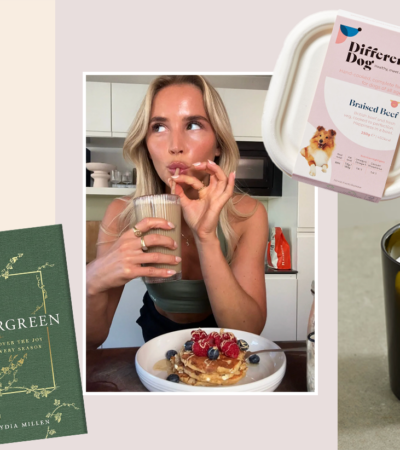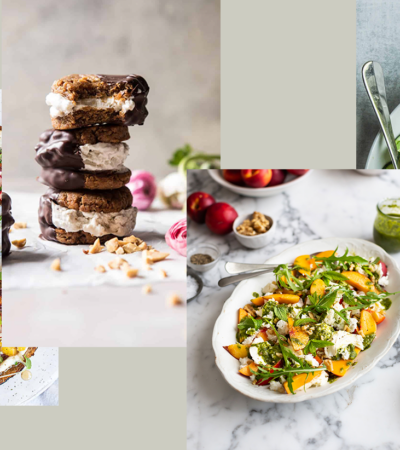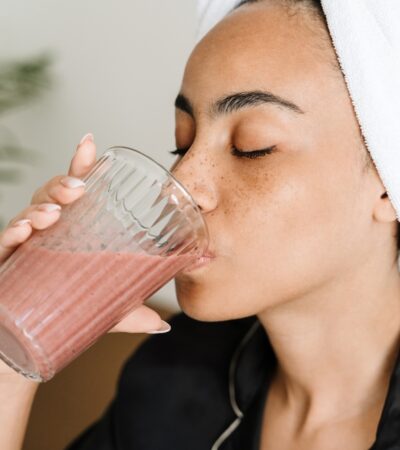That’s right, it’s time to loosen your grip on your bunch of kale, there are some new metabolism-boosting, de-bloating, anti-aging, anti-inflammatory, nutrient-rich, yet still surprisingly subversive superfoods ready to claim space in your pantry and see you to your most nourished, alkaline, radiant self for 2015 – so if you’re tired of chia and over cacao, give these new wellness warriors a try.
Charcoal
Superfoods have taken an edgier turn for 2015 with the arrival of charcoal on the shelves of your local health shop. Announce to your non clean-eating friends that you’ve begun eating charcoal and they will likely strike you off as a health freak past the point of return, but if you have caught on to the benefits of activated charcoal then you can have the last laugh knowing that you have boosted your health to exponential levels.
Once reserved purely for lighting barbeques and for naughty children, those into charcoal now, though, are most definitely good girls, when it comes to diet, at least.
We know it is a little scary looking but charcoal is one fear definitely worth overcoming. Despite being the new kid on the superfood scene in this era, charcoal has been implemented as a medicinal supplement for centuries. The black stuff is a powerful detoxifier, removing toxins from the digestive system and carrying them safely from the body thus leaving you in a state of intestinal health. It also reduces bloating and gas so is a fantastic supplement to use on the approach to summer or when you’ve indulged just a bit too much!
Made by burning sources of carbon such as wood or coconut shells (ahh coconut – now we have your attention, superfood lovers!), activated charcoal is also antibacterial, antifungal and antiviral meaning it can aid in a whole host of bodily ailments – from binding to impurities in your system to removing coffee stains and whitening teeth to cleansing the skin of everyday toxins – so even if you can’t quite bring yourself to chug the stuff you should certainly add it to your skincare regime. Due to its potency, charcoal should be used medicinally and not every day, as overconsumption can lead to vital nutrients being absorbed along with the toxins.
Moringa
Derived from the ‘Miracle Tree’ of South America, the Moringa leaf is considered to be one of the world’s most nutrient-dense plants. Known to naturally increase the body’s defenses and boost metabolism whilst keeping blood sugar levels stable Moringa makes for a powerful energizer and also reduces tiredness and fatigue due to its high iron and vitamin A content.
The Moringa leaf is also used to purify water, is an excellent source of calcium, magnesium, potassium and zinc and can even aid you in stress management for those times when your many commitments get just a little overwhelming as it’s high B6 concentration aids in the functioning of the nervous system to help you feel chilled and ready to tackle the day!
Moringa is found mostly in powder form in the UK and is great blended into juices and smoothies for a truly healing start to the day.
Banana Flour
We know it sounds a bit bonkers and you’d be forgiven for thinking the health world has gone ‘nanas itself and truly done it all when it comes to wheat flour alternatives, but banana flour is a surprisingly versatile superfood.
Banana flour is produced by drying and grinding green bananas to leave a flavourless powder that is abundant in resistant starch. This type of starch is what gives banana flour its superfood status as it is necessary for optimum gut and digestive health.
The flour can be used as a tummy-friendly direct substitute for all kinds of wheat flour baking and is available to buy without added preservatives, additives or ingredients you can’t pronounce – just lots of good ol’ bananas! If you are not a fan of the taste of bananas then you are not excluded from the banana flour club as the flour has a neutral taste, meaning it can be used inconspicuously in both sweet and savoury dishes, as well as in raw dishes and smoothies, making banana flour one baking aid sure to have you raw vegans and fruitarians excited!
Mulberries
You have probably seen this sweet and chewy little fruit cropping up of late in your local health food stores. Mulberries are a great source of the anti-inflammatory resveratrol and moranoline, which delays the absorbsion of carbohydrates into the bloodstream, so those of you still fearing carbs (NO NEED) can pop a handful of mulberries and rest assured that your blood sugar levels will stay lovely and steady.
And as if that wasn’t enough power in one tiny berry, mulberries also boast a strong antioxidant profile, support the immune system and aid in stress relief. They have also been used for centuries to treat fatigue and anemia. And they taste delicious to boot, the raw cacao covered varieties are our faves!
Aloe Vera
We all know of the ability of this spiky plant to heal cuts and provide us with silky soft skin by now, but have you tried eating Aloe Vera?
Often dubbed the ‘wonder plant’, a moniker most certainly deserved, the gel-like substance found when you snap open the leaves of the Aloe Vera plant is packed full with more than 75 essential nutrients and minerals including iron, magnesium, potassium, calcium, phosphorous and zinc as well as vitamins A, C, E and most of your Bs. Wonder plant indeed.
Aloe Vera is also a powerful digestion aid, its ability to promote friendly gut bacteria along with its superior amino acid and enzyme profile help cleanse the bowel and ease constipation, stomach inflammation and IBS. Our immune system doesn’t lose out on the benefits of the plant either – the polysaccharides in the plant’s juice stimulate white blood cells to take action against those pesky free radicals that are so good at making us ill. In this way, Aloe Vera helps us fight colds and infections, so is a must for all the busy bees amongst us who just don’t have the time for the sniffles.
Be sure to source the best quality, least processed forms of Aloe Vera to reap the biggest rewards.
White tea
Let’s face it, here in Britain it doesn’t take much to get us excited about tea. It took us a while, though, to accept that there is more to tea than an Earl Grey with milk and two sugars. The nation came round to the idea of Green tea in the end and now there’s a new super-tea ready to get a brewin’ in every health-conscious cuppa-addict’s pot – white tea.
Made from the buds of the plant, whilst green tea is made from the leaves, white tea is the least processed of all teas and is very low in caffeine. White tea possesses incredible anti-aging properties due to its high phenolic content which strengthens elastin and collagen – so a few cups of the wonder beverage a day could save you from ever having a freak-out and considering scary invasive procedures.
Brew your tea in water heated below boiling and let steep for 3-5 minutes before cuddling up with your mug and a good book!
Parsley
Until recently, parsley was known primarily as the garnish you relegated to the side of your plate to reach your fish and chips. Now we know that the herb definitely needs to be recognised in far more than just a supporting role.
Parsley is a blood-purifying, alkalizing, detoxifying super-herb and contains three times the amount of vitamin C of an orange. It is also a diuretic and boosts kidney function, this means that including it in your diet promotes the passing of water and sodium through the body, leading to gas and bloat reduction, improved circulation, clearer skin and possibly even a reduction in the appearance of cellulite. In ancient Greece, victorious athletes were crowned with wreaths of parsley, so you know it’s good.
Add sprigs to your dinners and soups and throw a bunch of fresh leaves into your green smoothie to really up the nutritional profile.
words by Rachel Bednarski


